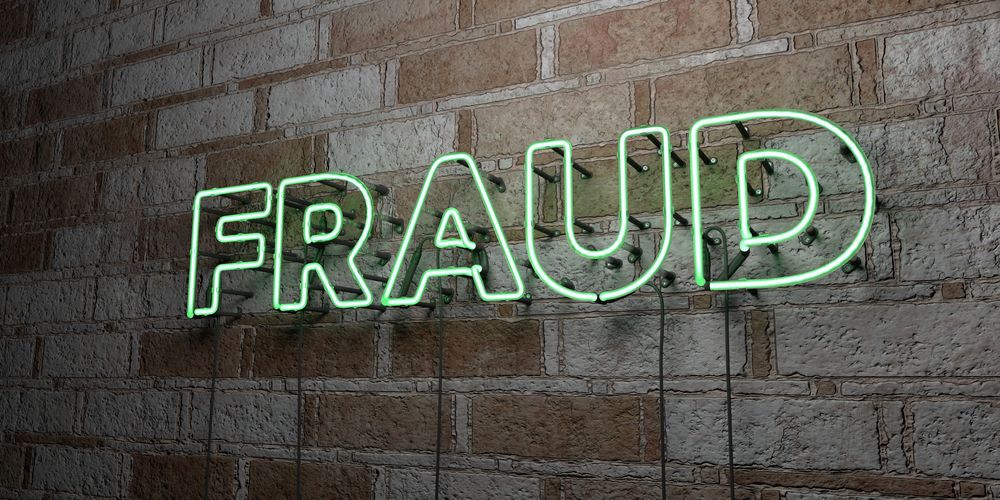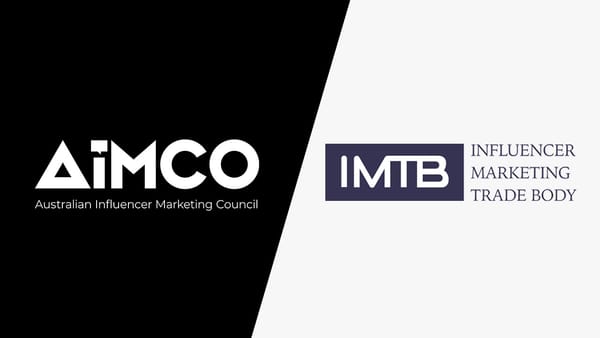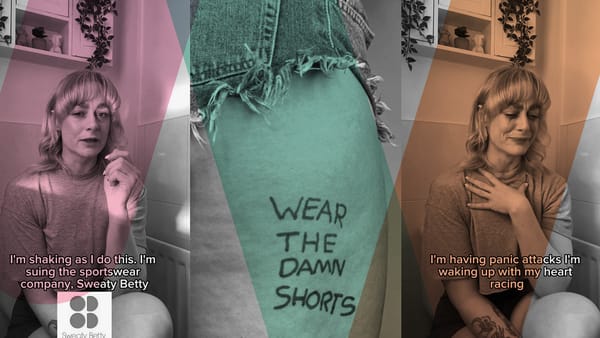The report also found that influencer tech platforms are on the rise. These platforms have received $118 million in funding in the last year. “We’re seeing more automation as more and more sophisticated tools are put forth to help fraudulently grow audiences. There’s no doubt that without a clear strategy and suitable technological solutions to combat it, fake influencer marketing will continue to flourish, further eroding the public’s trust in social media,” said Daniel Avital, Cheq’s chief strategy officer.
Indirect costs
There are further indirect costs such as the erosion of trust, which threatens greater enforcement and regulation. The long-term impact effect of genuinely inauthentic communications and its effect on consumer trust remains challenging to quantify. However, the report outlines that marketers lose receptive consumers and business marketing ROI diminishes. Brands and advertisers are still falling victim to influencers with fake followers. For example, o
ne study conducted by influencer marketing measurement firm Points North Group last year found that 78% of the followers of influencers hired by Ritz Carlton were fake, while 39% of followers of influencers working with L’Occitane were fake.
“Though there is no precise way of measuring the loss of consumer trust in influencer content, we suspect it’s significant,” Cavazos said.As the report notes, influencer fraud will most likely continue to increase as the market becomes more complicated and the sector increases. “The industry is moving towards greater depth and complexity through other means, with so-called micro-influencers and nano-influencers joining the payroll of brands,” concluded Cavazos.







